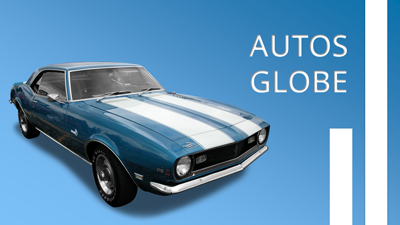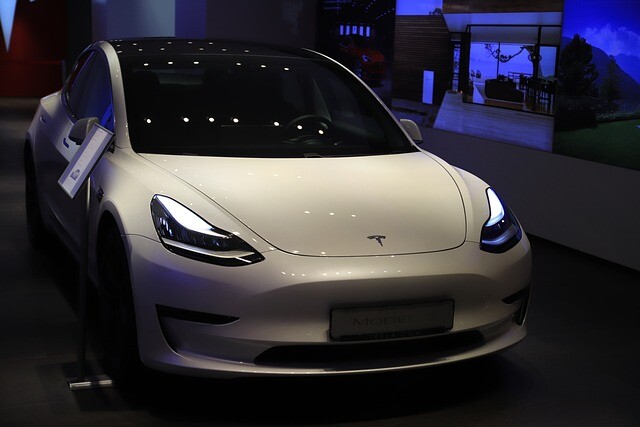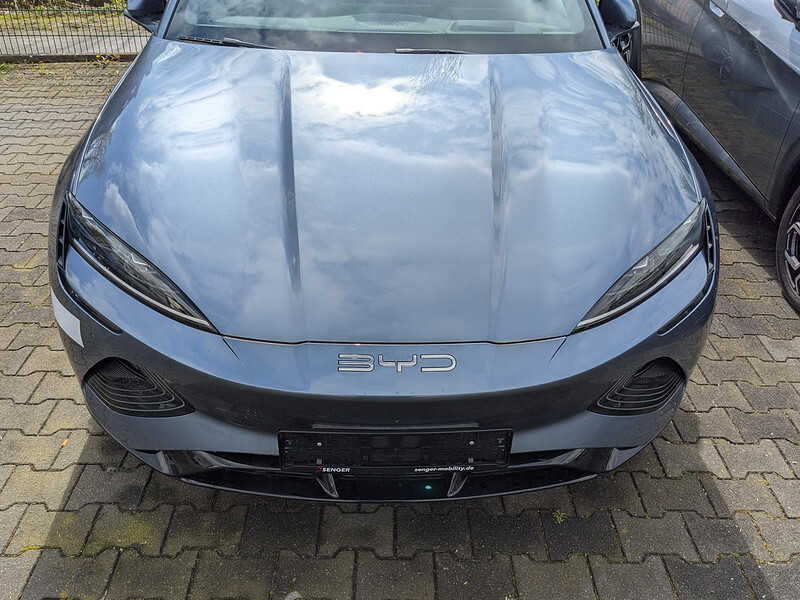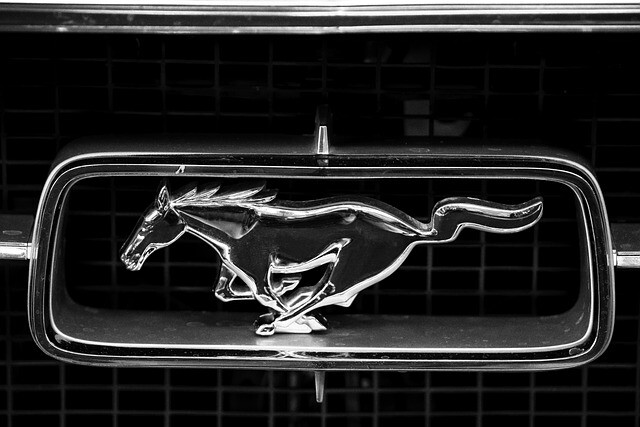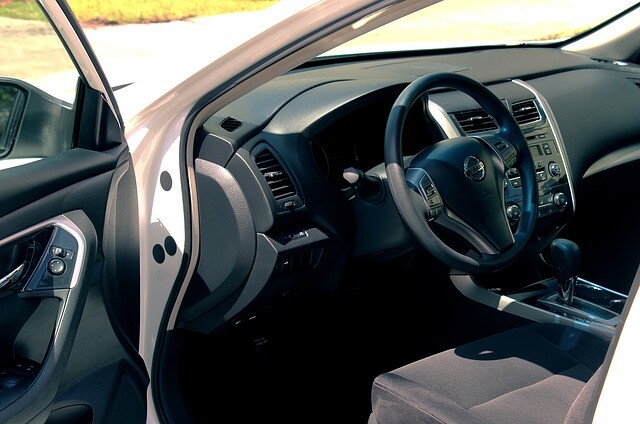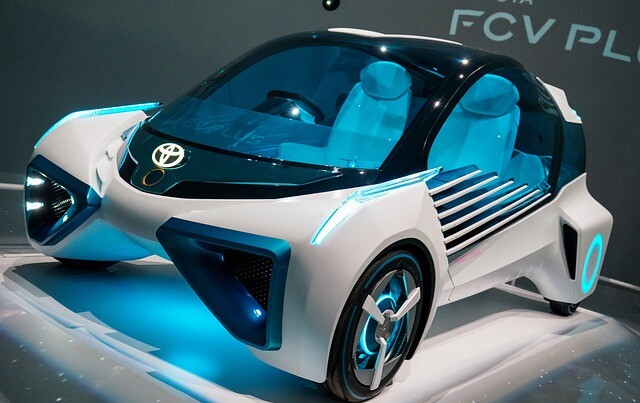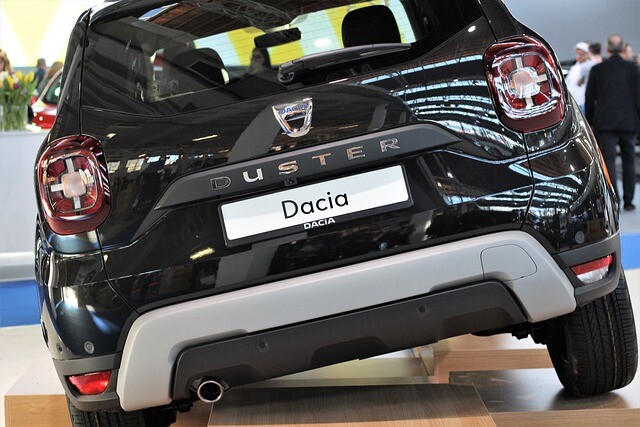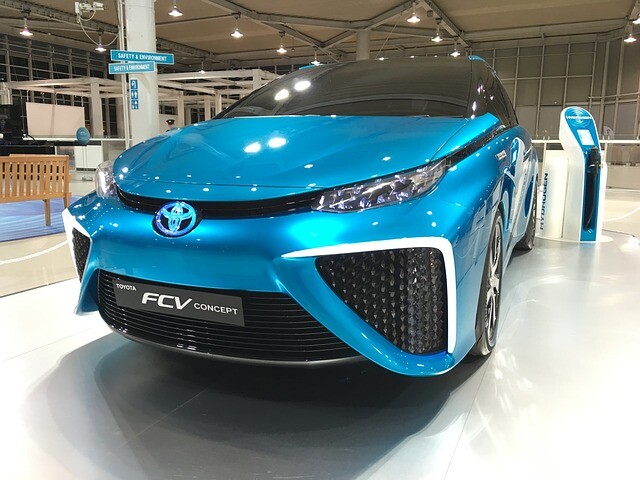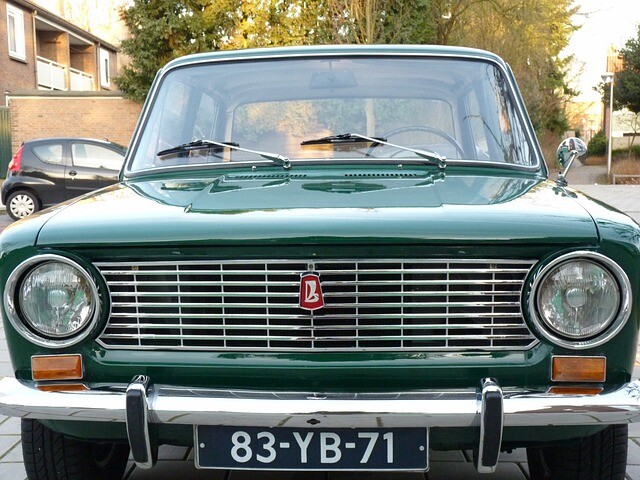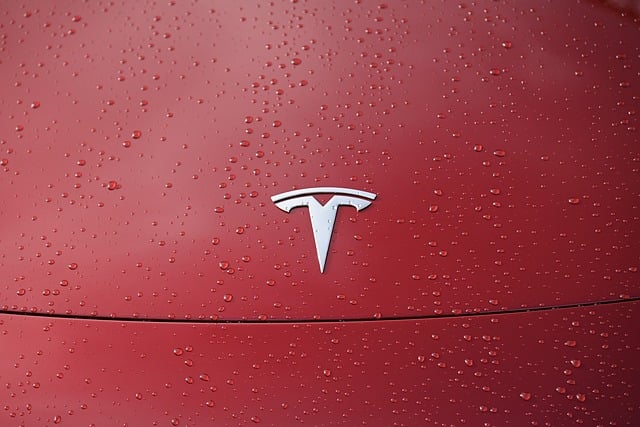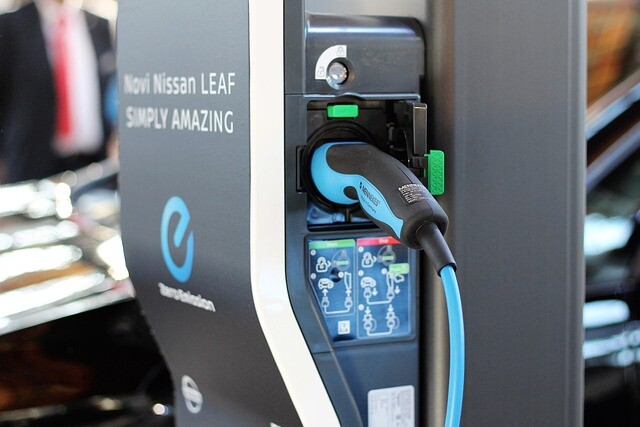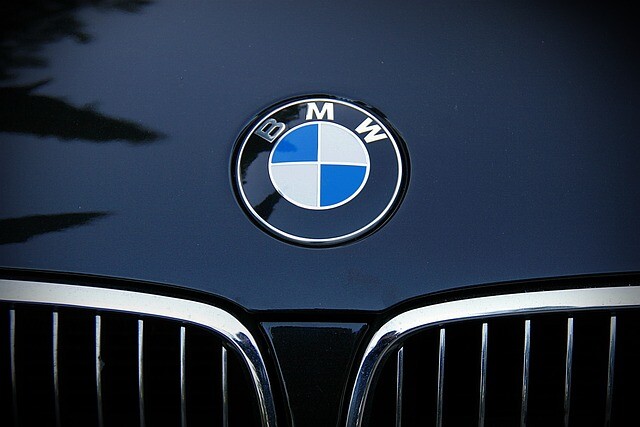So far, the green wave has come
In another German city, Audi's green monitoring system was launched. Vehicles communicating with traffic lights promise much more economical and stress-free traffic.
After Ingolstadt, Audi will introduce its V2I (Vehicle to Infrastructure Communication) system in Düsseldorf. The point of the technology is that traffic lights in the city (150 out of the 600 so far, up to 450 by the summer) send signals to cars, telling the on-board information system when to switch to green or red.
From this, the car calculates the speed it would take to reach the green wave and informs the driver. This avoids sudden braking, which is dangerous to accidents, and even more unnecessary acceleration, which is a waste of fuel. If the green wave does not materialize, the system starts a countdown to the green so the driver knows when to go - he gets this signal up to 250 meters in front of the lamp so he can take the gas in the comforting mind that he wouldn't understand anyway there in time to the lamp.

The technology is able to predict the behavior of the lights 120 seconds in advance, based on a fairly sophisticated algorithm, taking into account the density and speed of traffic, the progress of public transport vehicles, historical data for the day and time, and a lot of additional information.
Experimental applications to date have shown that smoother driving alone can work wonders for car consumption: up to 15 percent reduction in fuel-efficient cars. Of course, not much else is available: Audi e-tron, A4, A5, A6, A7, A8, Q3, Q7 and Q8, manufactured since July 2019, are compatible with the system, provided they have an Audi connect navigation system and are equipped with a camera-based navigation system. with optional signboard recognition system.
(Source: vadess.hu / Photo: pixabay.com)
